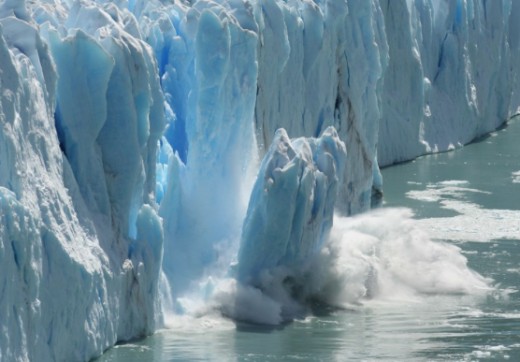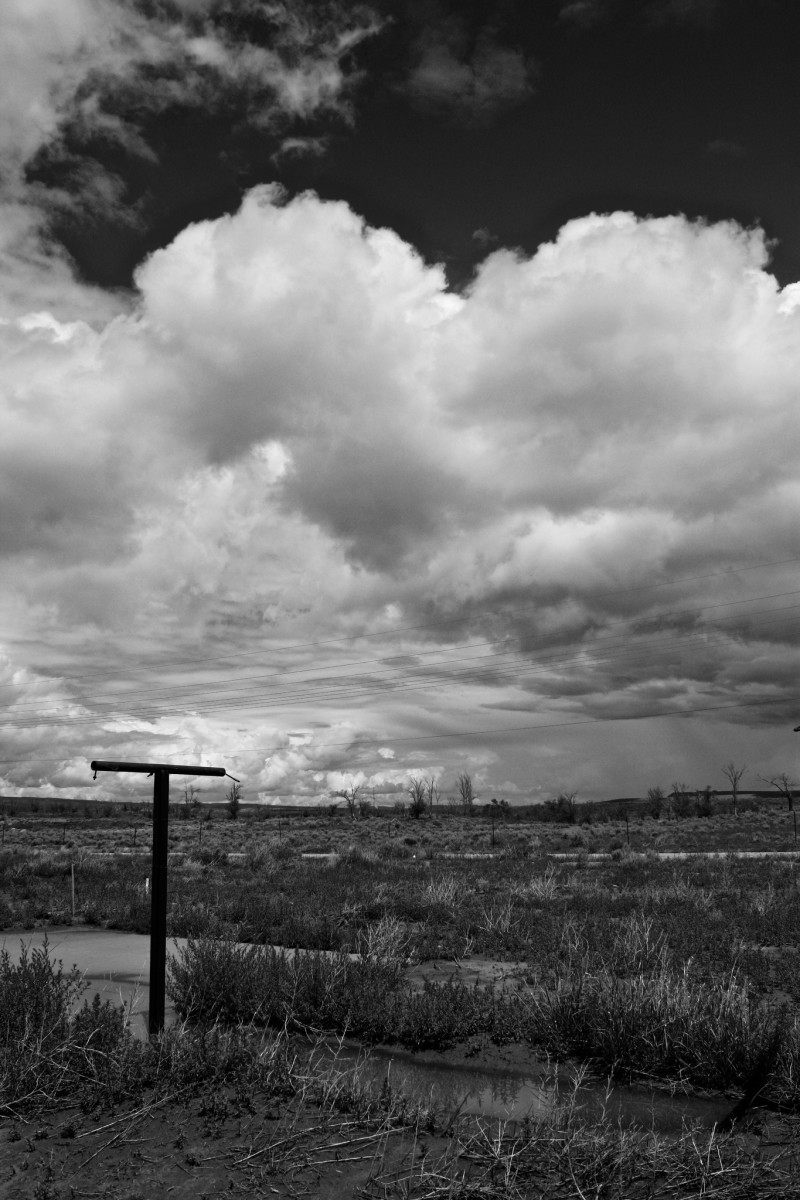Proof the World Is Changing Rapidly: Part 2

Calving Glaciers
By now, just about all of us have had an opportunity to view still images like the one above (and perhaps even more impressive, video) of massive icebergs calving off Antartica or Arctic glaciers into the world's oceans. It is estimated that the Earth's glaciers are now losing ice equivalent to the weight of 2,770 Empire State Buildings each and every day. That pace of melting is five times faster than during the 1960s. As a result, over the past five decades, global ice melt has contributed enough water to the world's seas to completely cover the lower 48 states of the U.S. to an average depth of 4 feet.
Of course, the distribution and impact of that added water is not felt the same at all places on the planet. Low and flat coastal regions suffer significant creep of the deeper oceans' shifting shorelines and wavefronts, while steep tidal channels suffer the hammering fury of ever greater surf. Meanwhile, increasingly frequent and severe roving storms, hurricanes, monsoons, and cyclones flood us all to greater and greater degrees — in part because we increasingly build along coasts and in the likely paths of extreme weather, in part because we have dammed and channeled waterways, diminishing their resilience under stress.
Disappearing Land
In southern Louisiana, the lands of the Mississippi delta are rapidly receding beneath water, due to both ocean rise and land subsidence (partly a natural process, and partly due to drilling of wells, cutting of water channels, depletion of aquifers, and prevention of natural flood sedimentation). Within the past century, the state has lost more than two thousand square miles beneath the encroaching Gulf — nearly double the land area of the state of Rhode Island. Currently Louisiana gives up another football field of dry land each 90 minutes. Among the diminishing numbers of residents willing to endure life in the southernmost parishes of the state, houses are often rebuilt atop piers 10 or 20 or even 30 feet tall in attempts to stay high and dry. Entire communities shrink out of existence or are cut off from all contact by water, becoming new (yet only for a short while longer) islands.
Scarcer Freshwater
Meanwhile, less than 700 miles east/southeast of the Mississippi delta, Miami is facing its own particular water woes. Its 'land' — a shallow and porous layer of limestone composed in great part of eons of shellfish and fish bones — is also subsiding, as the burgeoning population of the region keeps pumping fresh water from the Biscayne Aquifer that supports it. While the upper reaches of that 'land' are subject to the inward crawl of rising surface waters, the lower reaches are also subject to the injection of salty and brackish water from the ocean and gulf through the porous substrate. The City of Miami must currently keep legions of pumps operating around the clock to expel intruding saltwater from its precious freshwater supplies. As land continues to subside, as water continues to rise upon it, and as the ocean and gulf continue to short-circuit the system by penetrating below, Miami's freshwater — and thus its civilization — becomes ever more tenuous.
Desertification
Finally, global desertification impinges upon our planet's sustainability as well. Dryland ecosystems — not actual deserts, but arid or semi-arid lands — are of marginal productivity for human use and agriculture, and are therefore particularly vulnerable to misuse and abuse. They also cover more than one third of the globe's land surface. They are present on all continents but Antarctica. Factors such as climate change, overuse, misuse, depletion of soil nutrients, depletion of water, deforestation and drought can all contribute to desertification. Land is thus effectively removed from the stock of land able to support human life and activity. Desertification is an age-old problem, having contributed to the collapse of both Carthage and Rome, but we are seeing its increased effects recently in the Sahel (a broad middle swath of Africa south of the Sahara) and the Gobi Desert's growth spurt toward Beijing.
Climate change, loss of glacier ice, freshwater shortages. and increasing desertification show us just how rapidly our world is changing, and how much we may be contributing to its changing.








